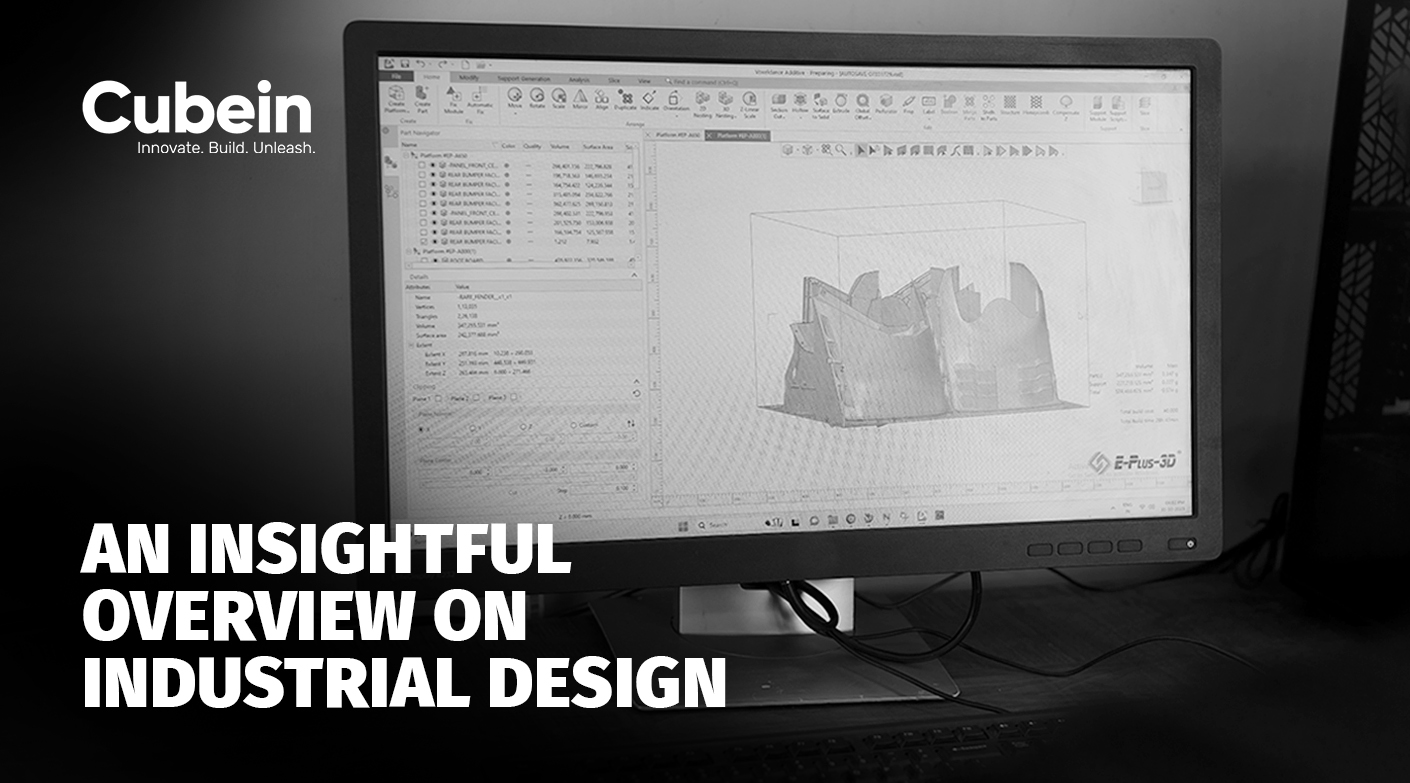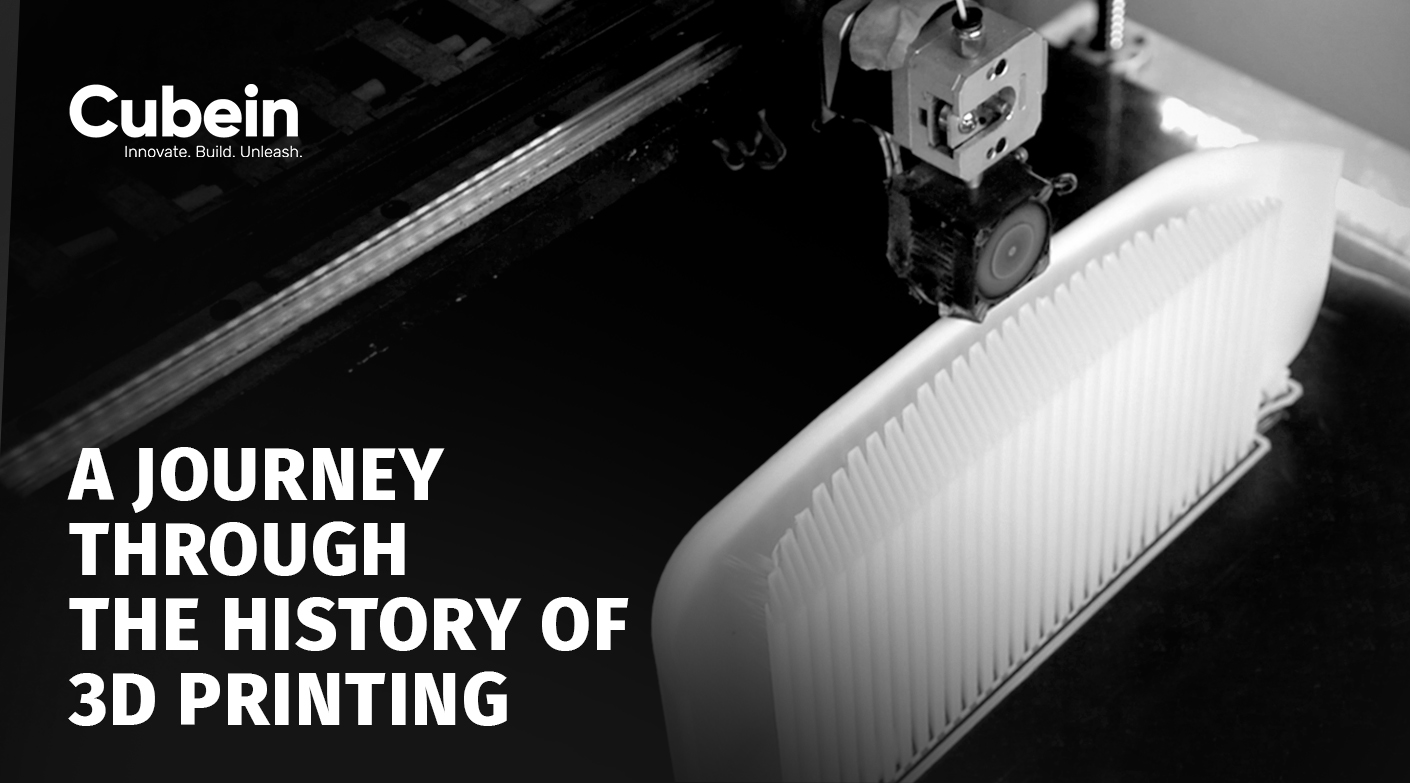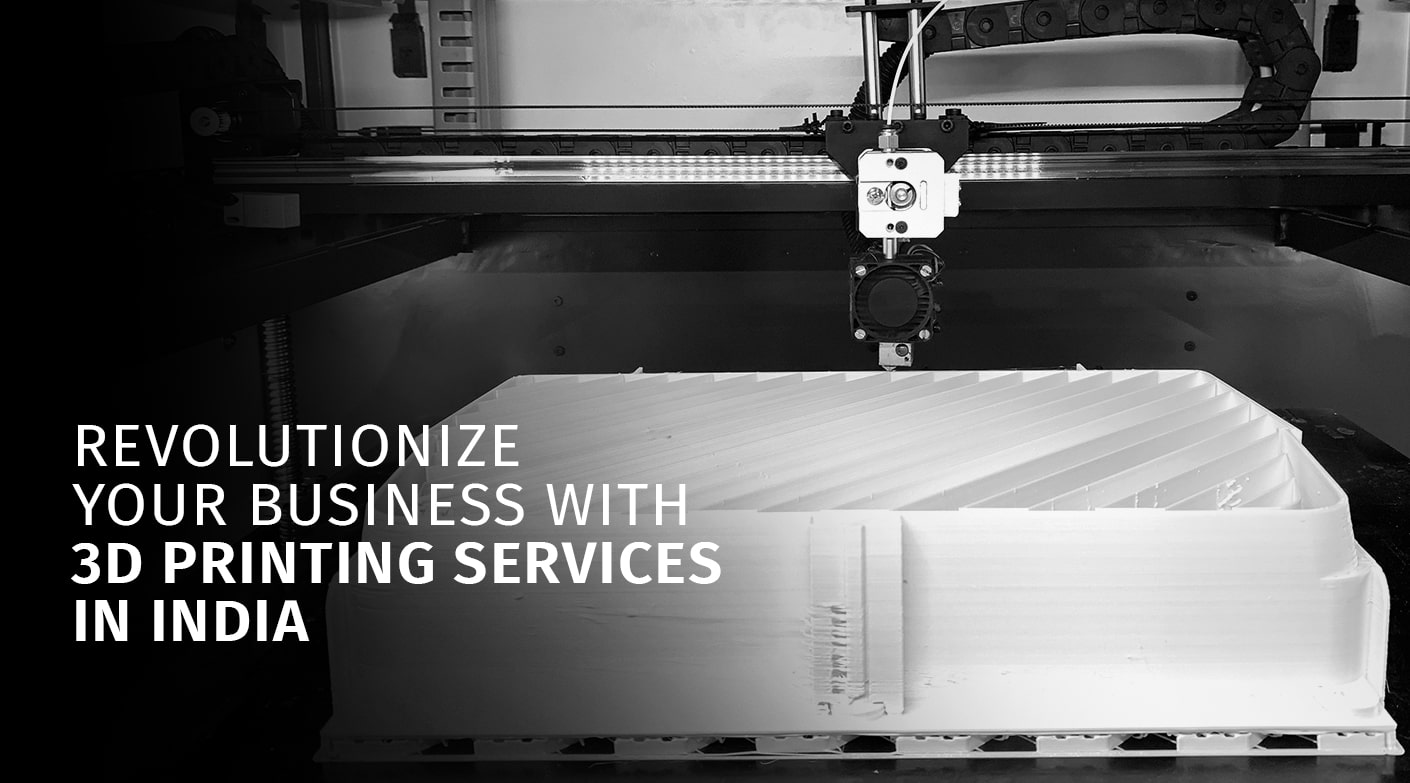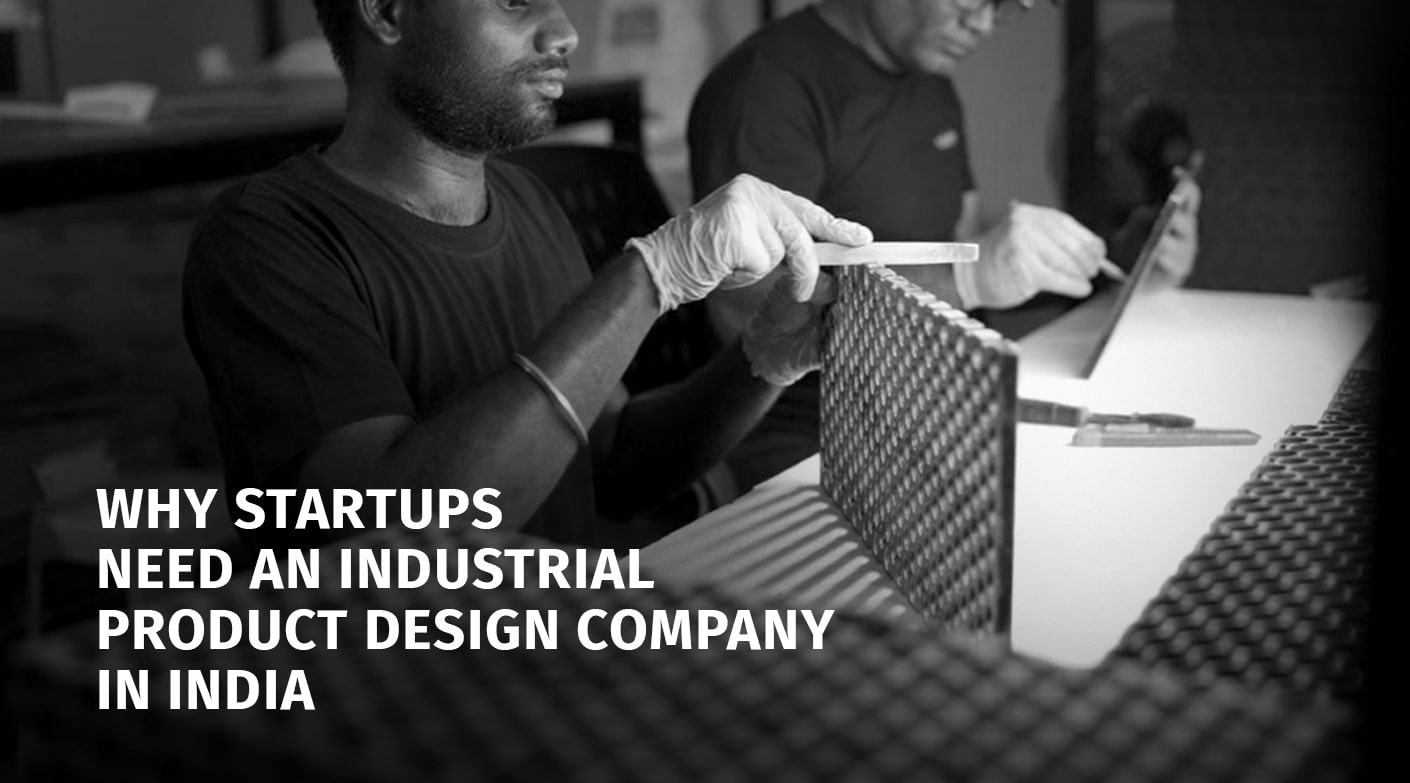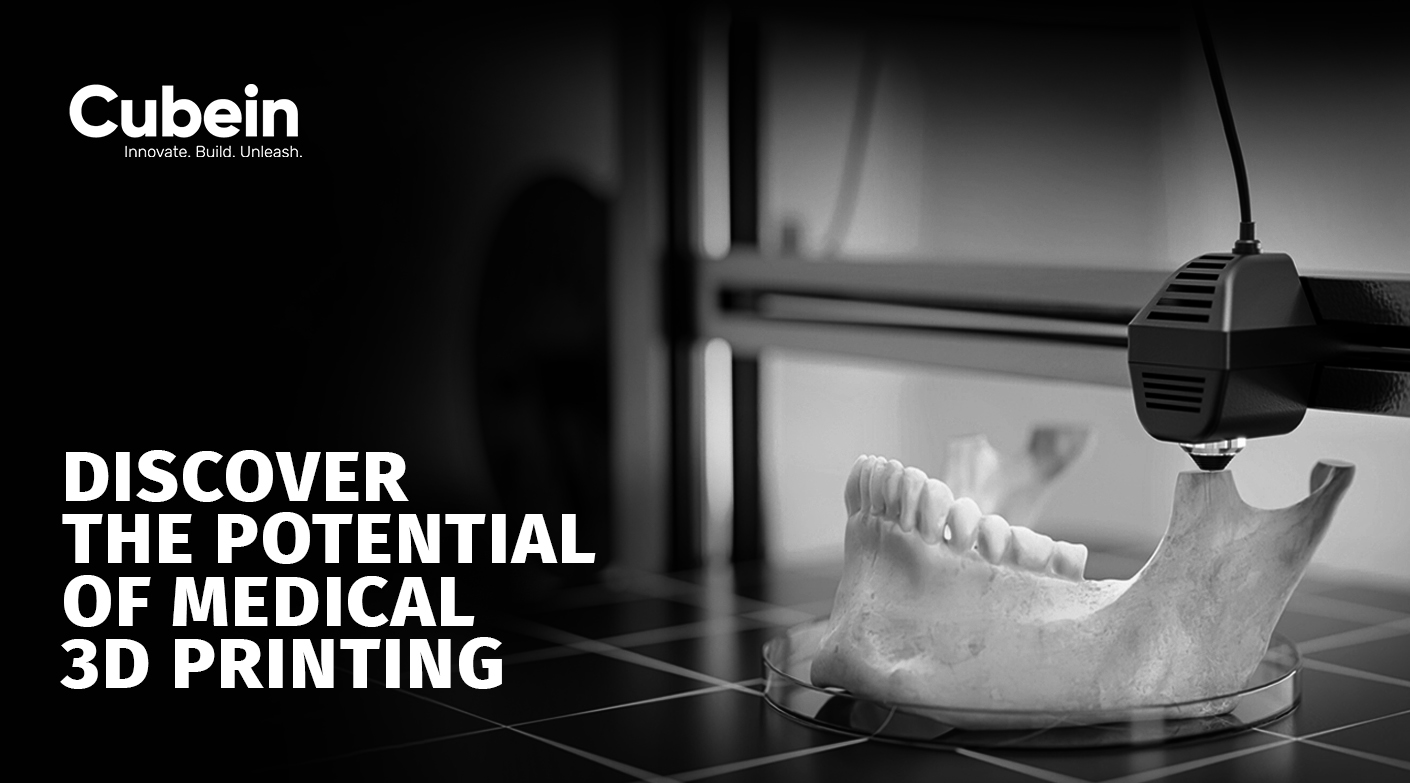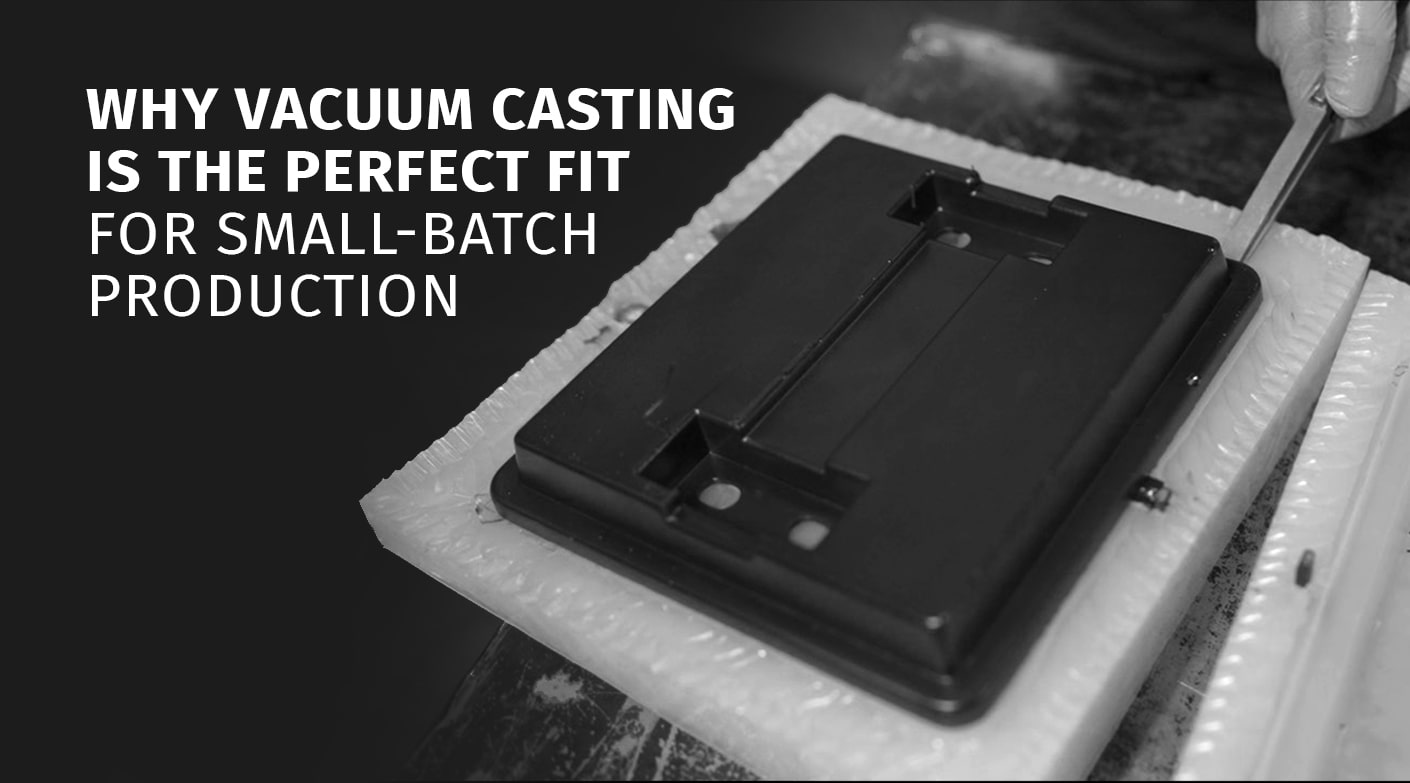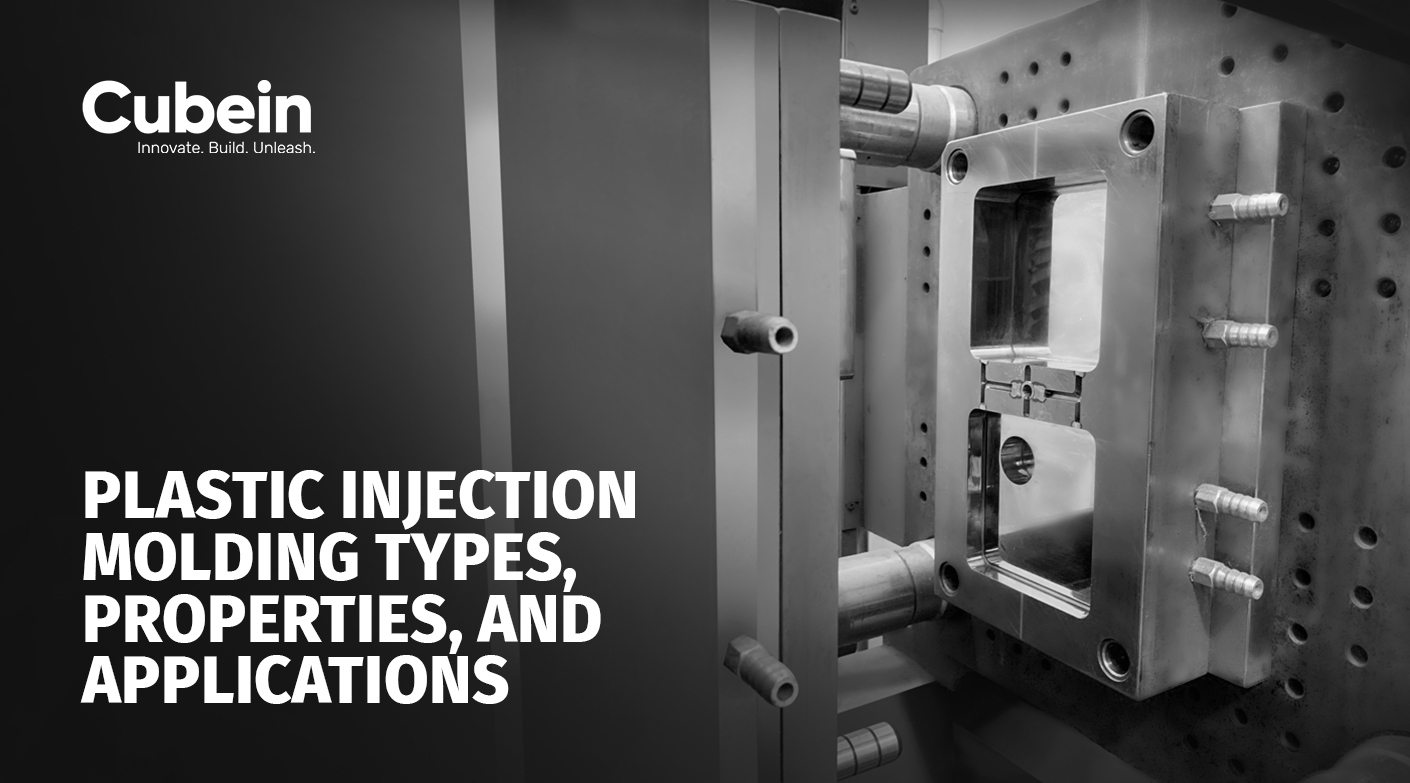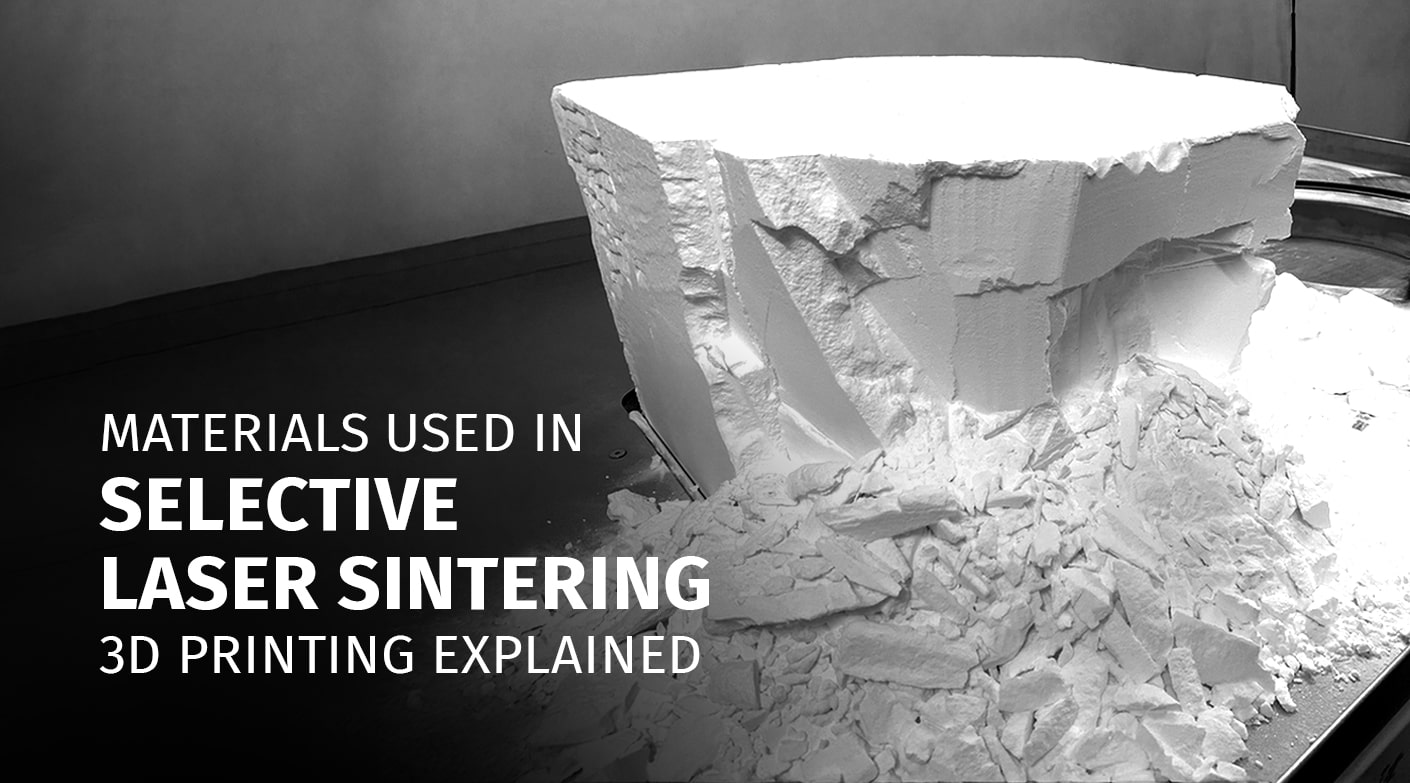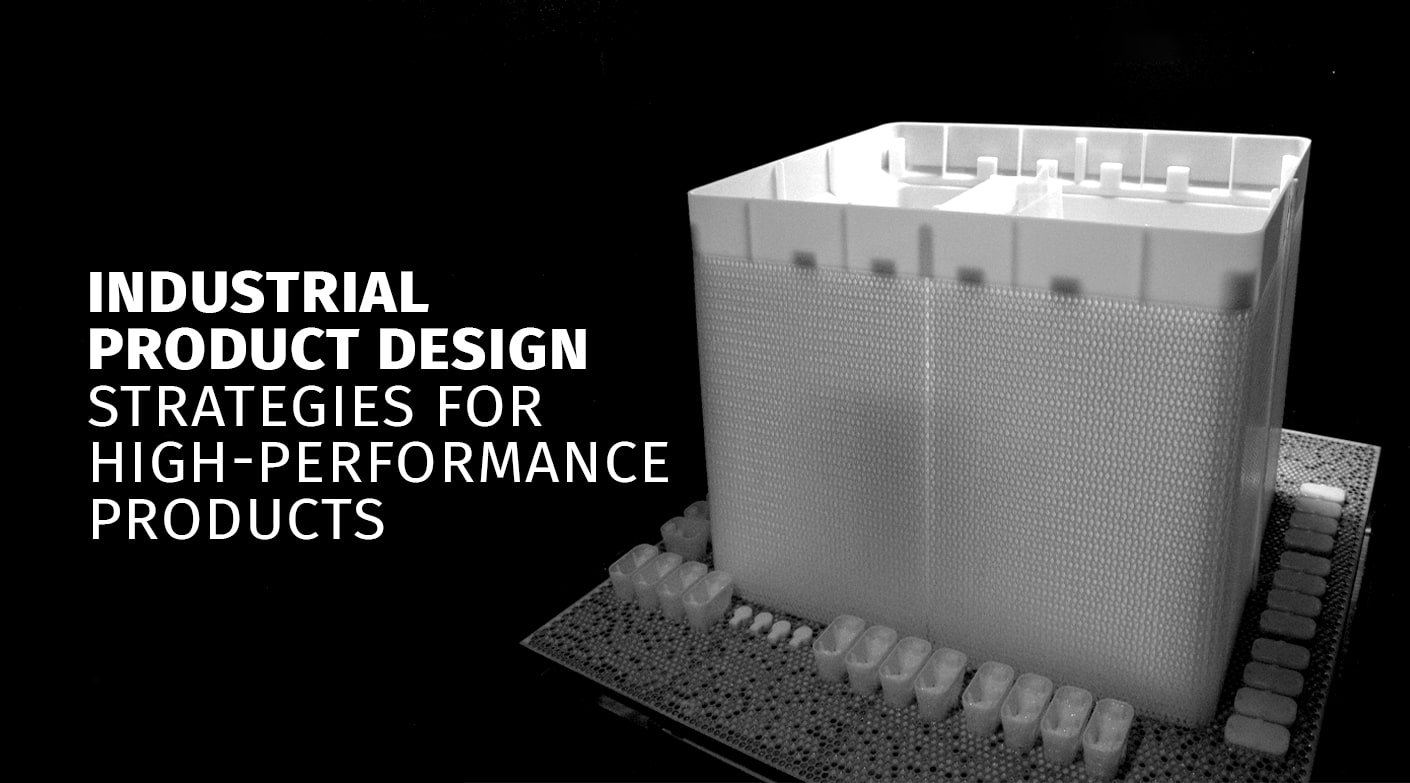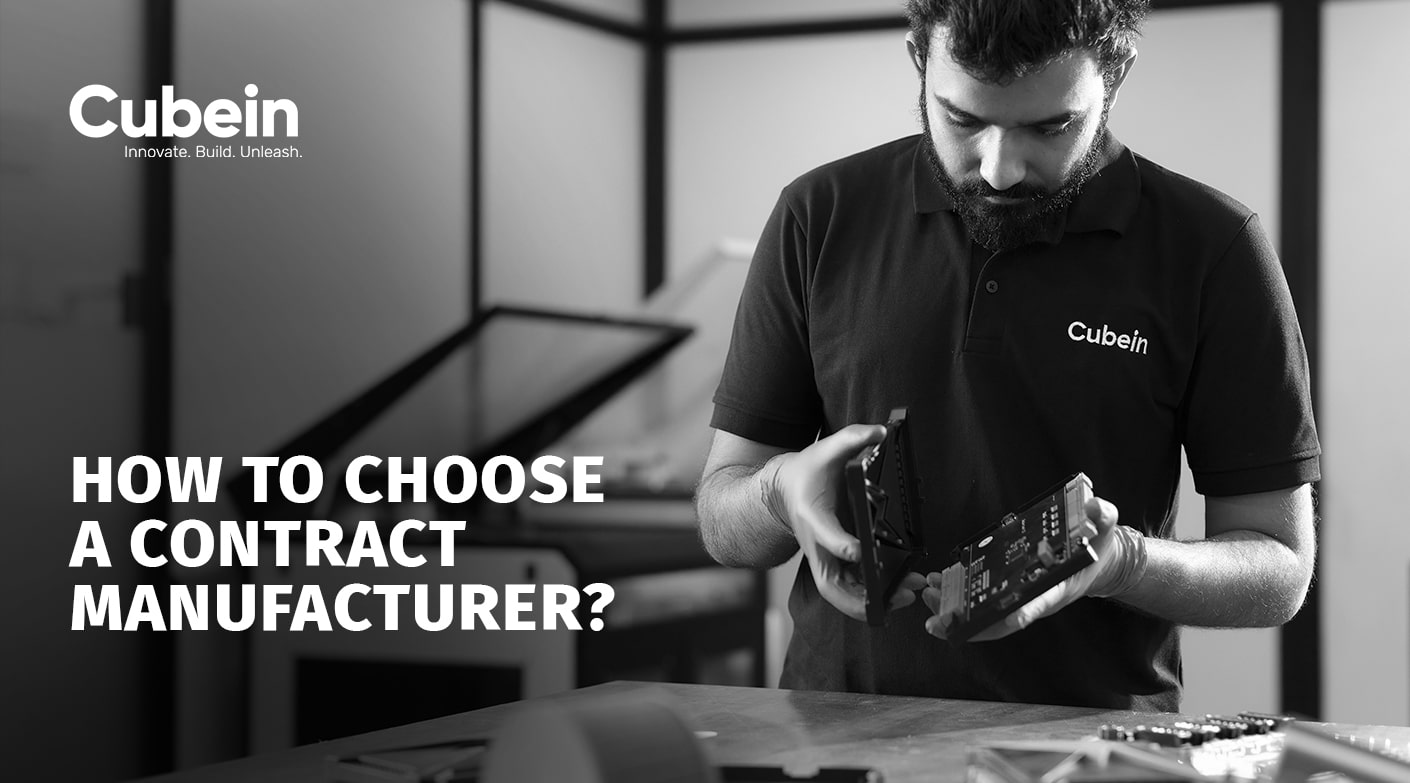Exploring Popular Applications of Fused Deposition Modeling in 3D Printing
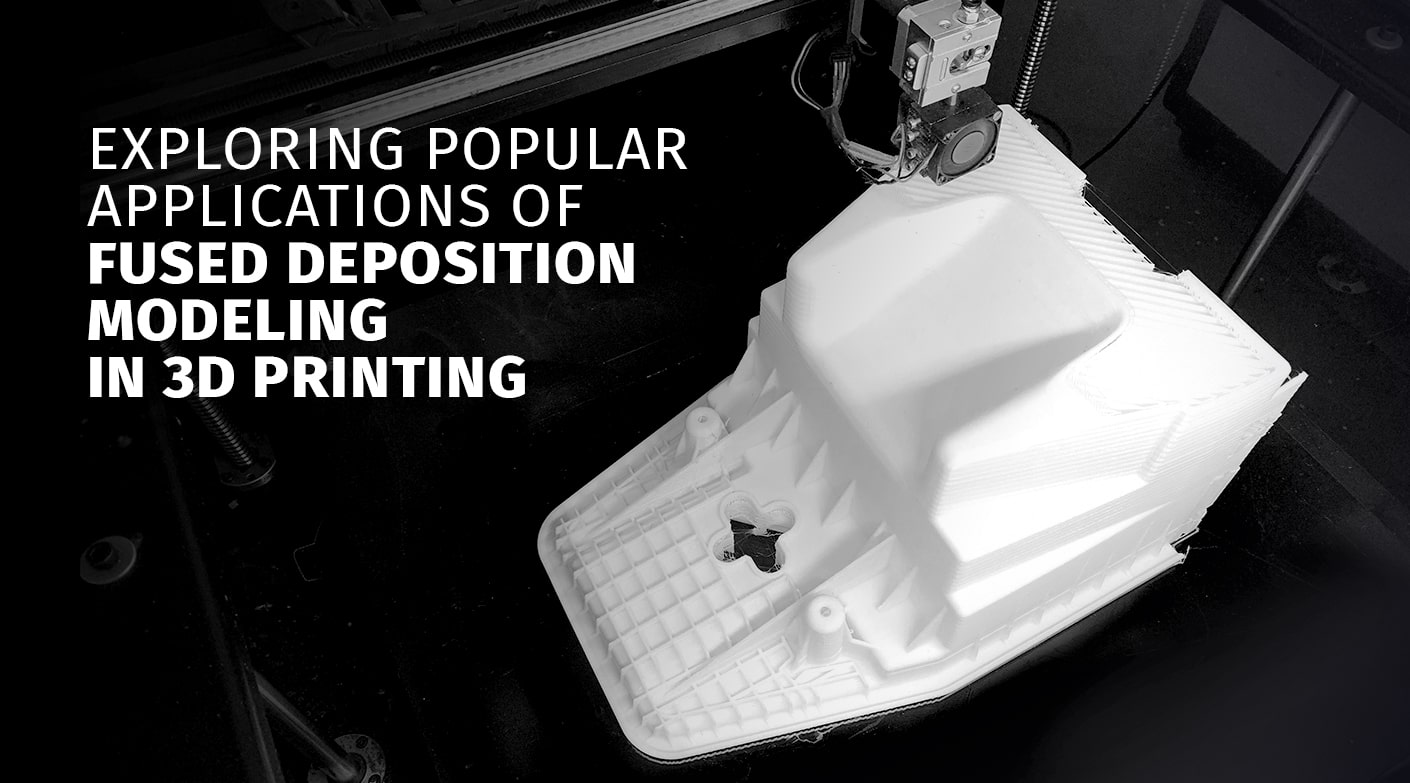
The most realistic, scalable, and low-cost 3D printing technology that can transform your product idea into a real product is one that combines affordability with production-grade quality. The Fused Deposition Modeling (FDM) is one of the most revolutionary technologies in the manufacturing industry. The flexibility of materials used, its simplicity, and low prices make FDM the technology to rely on when time is crucial; when prototypes have to be functional, or when production is on demand.
Original Design Manufacturers (ODMs) provide high-performance FDM 3D Printing services to their clients to help them accelerate their product development cycle and make manufacturing easier. Whether it is prototyping or manufacturing, the 3D Printing Fused Deposition Modeling is changing what is possible in the industries.
Let’s discuss the popular applications of Fused Deposition Modeling in 3D Printing.
What is Fused Deposition Modeling in 3D Printing?
One of the most widespread 3D printing technologies is Fused Deposition Modeling, which is praised for its effectiveness and ease. It entails deposition of thermoplastics in layers to create a three-dimensional design or object.
A digital design is the initial point of the process, which is divided into several thin layers. This is printed, in layers, by a heated nozzle onto a base to create the final shape. FDM is popular in manufacturing, aerospace, healthcare, and education, among others, because it can create highly detailed shapes and working prototypes.
The Mechanism of FDM 3D Printing
The Fused Deposition Modeling in 3D printing has relatively few parts: the filament, the extruder, the heated nozzle, and the build platform. The filament is the plastic (ABS or PLA) that is the ink for the printer. It is fed into the extruder, where it is heated until it melts. This molten plastic is next extruded through the nozzle and deposited on the platform.
The nozzle moves in a predetermined pattern and deposits the plastic in layers to create the real object. The platform shifts to allow every new layer to form and helps the object to develop properly. The printer regulates elements like temperature, speed, and individual layer thickness very closely in order to produce the best results.
Benefits of FDM 3D Printing
As compared to the other existing 3D printing technologies, i.e., SLA (Stereolithography), the Fused Deposition Modeling (FDM) has a few unique advantages that greatly qualify it to be used in prototyping applications, and even in functional applications. In the SLA vs. FDM 3D Printing battle, FDM is superior regarding the mechanical strength and cost-effectiveness of your 3D prototypes. Some key benefits are:
- Affordable manufacturing: FDM greatly decreases material as well as operation costs when compared with other 3D printing technologies.
- Fast prototyping: Allows rapid design cycles, and assists in speeding up product development.
- Versatility of materials: Works with most thermoplastics such as ABS, PLA, PETG, Nylon, and even carbon fiber composites.
- Functional strength: Develops strong components, mechanically, thermally, and chemically.
- Applicability for Any Business Size: Whether it is a startup or a huge company, FDM is available and effective for any business size.
- Perfect in a wide variety of applications: It is suitable in a wide range of applications, whether in rapid prototyping or the production of low volumes of end-use parts.
Key Applications of Fused Deposition Modeling 3D Printing
#1 Prototyping and Design Validation
The Fused Deposition Modeling is the technology to opt for in case of rapid prototyping and design validation, since it enables engineers and designers to develop inexpensive full-size prototypes within a relatively short time frame. It allows testing quick iterations, which come in handy to correct product features and functionality without significant funds.
It is especially outstanding in the business sector (e.g., automotive, consumer electronics, and wearables) where time-to-market matters. Trusted design companies like Cubein enable R&D teams and startups to validate real-world usability before finalizing the tooling investment.
#2 Functional Parts and End-Use Components
Fused Deposition Modeling (FDM) is no longer limited to prototyping, but it has become an ultimate method of creating functional end-use components. The introduction of high-performance thermoplastics as well as dual-extrusion systems has now enabled manufacturers to create strong and complex parts that can be used in the real world.
FDM is applied in industries such as aerospace, automotive, and medical devices to produce brackets, housings, ducts, and connectors. ODMs are taking advantage of this ability to introduce market-ready products sooner, at lower tooling expense, with design flexibility and reliable mechanical performance.
| Due to 3D printing in the automotive and aerospace sectors, there has been a considerable decrease in CO2 emissions and energy use (from 38% to 75%). Such reductions have helped the automotive and aerospace industries decrease waste and their contribution to global warming. It basically reduces waste materials by removing extra materials that are generally involved in the process of conventional manufacturing. |
#3 Education and Research
FDM is important in an academic and research setting to give visual aid to complicated systems. FDM is used in educational institutions and laboratories to make accurate anatomical models, molecular structures, and prototype mechanical components.
Its capacity to generate concept architectural models also favors design education. Non-toxic and relatively cheap material, such as PLA, can be used, which makes FDM very accessible and safe to use in classroom demonstrations, medical training, or robot experimentations.
#4 Custom Jigs, Fixtures, and Tooling
Fused Deposition Modeling in 3D printing plays a major role in making tailor-made jigs, fixtures, and also tooling, which enhance the effectiveness and precision of production. Another way that FDM can assist manufacturers in streamlining assembly line difficulties is through quick prototyping, lightweight, ergonomic assembly line tools that can make the line run faster and reduce the potential for human error.
The method is highly utilized in industrial manufacturing, electronics, and the automobile industries. Whether it is drill guides and welding fixtures or pick-and-place tools, such components can be modified, repeated, and substituted on short notice, reducing costs and limiting production losses.
#5 Mass Customization and On-Demand Production
FDM is a key aspect of mass customization and on-demand production due to the possibility of eliminating expensive tooling and molds. The versatility will allow manufacturers to make a rapid switch to mass-customisation of products to suit individual preferences and requirements.
Industries like consumer goods, healthcare, and fashion are applying this technology to offer personalized solutions. Personalized eyewear, orthotics, and fashion accessories are some of the use cases. The healthcare industry innovates by providing patient-specific assistive devices based on accurate anatomical data via FDM.
#6 Replacement and Spare Parts
Fused Deposition Modeling (FDM) is revolutionizing maintenance by enabling faster on-demand manufacturing of replacement components or obsolete equipment on-site. In the case of original parts being obsolete or back-ordered because of supply chain problems, FDM can be used to produce precise duplicates via 3D scanning or reverse engineering.
It is specifically useful in sectors like industrial machinery, transport as well and energy. Typical applications are printing gears, knobs, valves, panels and seals, which can save a lot of downtime and extend the life of equipment.
The Future of FDM 3D Printing
The 3D Printing technology of Fused Deposition Modeling has a rapidly bright future and an industry-level adoption. The global FDM 3D printing market was estimated to be about USD 17.5 billion in 2024, and it is expected to reach USD 37.4 billion by 2029 with a 16.4% CAGR. The reason behind this increase is the advances in multi-material extruders, AI-assisted print preparation, and high-performance composite filaments like carbon fiber-reinforced filaments.
FDM is extending past its historical use in prototyping into uses in mass customization, low-volume end-use part production, and smart factory tooling. As hardware, materials, and software continue to mature, FDM is set to stay as a foundation stone of contemporary, scalable, and sustainable manufacturing.
Conclusion
If you are an early-stage company looking to test your initial prototype or an international corporation looking to achieve low-volume manufacturing, Fused Deposition Modeling in 3D Printing is the most flexible, easiest, and least expensive way to go. Its capacity to provide fast design cycles, long-lasting end-use components, and scalable personalization has actually made it a cornerstone of contemporary production.
At Cubein, we not only provide FDM 3D printing at Cubein, but we also provide extensive engineering know-how. Together, we develop, optimize, and produce solutions that are precisely adjusted to your objectives and ideas into reality.
| Want to elevate your product ideas and manufacturing strategy?
From prototype to production, Cubein is what you need. Contact Now! |
FAQs
- What is Fused Deposition Modeling 3D Printing?
FDM is an additive manufacturing technology that builds up an object layer by layer using a melted thermoplastic filament. It is also quite common because it is low-cost and has higher material flexibility.
- Which is better: SLA or FDM?
SLA provides very detailed surface finishes and is ideal with visual models, where FDM is more suitable with strong functional parts and low-cost production.
- Can FDM be used in end-use parts?
Yes, FDM can be used to produce end-use parts using engineering-grade materials, especially in low-volume, custom production runs.
- What is the accuracy of FDM 3D printing?
The accuracy of FDM is typically +/- 0.1 mm, sufficient to do most industrial work, and can be processed to improve the surface finish.




